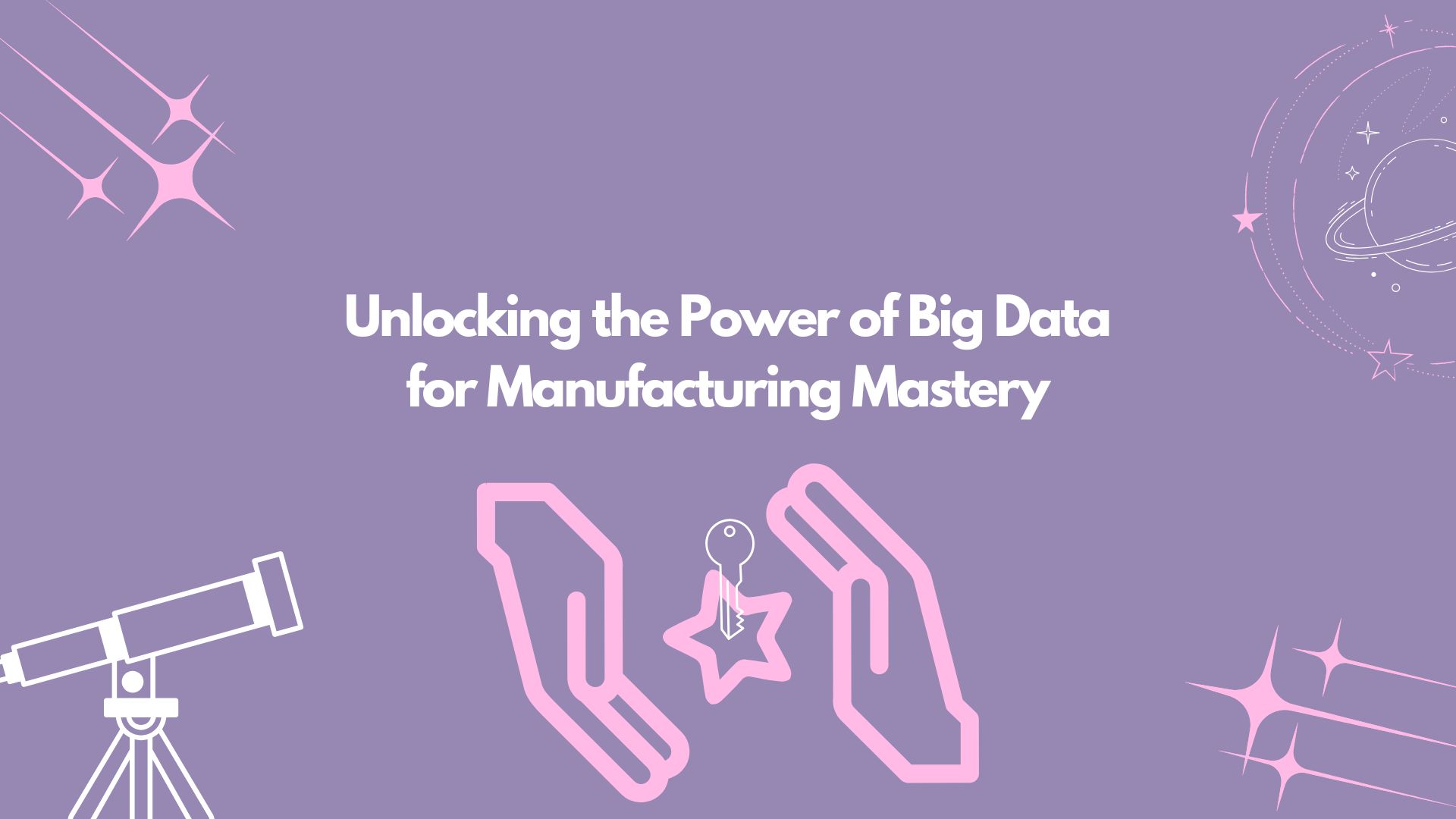Introduction
Additive manufacturing, commonly known as 3D printing, is transforming the manufacturing industry by enabling the creation of complex and customized products with unprecedented precision and efficiency. This blog delves into the applications, benefits, and future potential of additive manufacturing in the industrial sector.
What is Additive Manufacturing?
Additive manufacturing is a process of creating objects by adding material layer by layer, based on digital 3D models. This contrasts with traditional subtractive manufacturing methods, which involve removing material to create a product.
Applications of Additive Manufacturing in Industry
- Prototyping: Additive manufacturing accelerates the prototyping process, allowing for rapid design iterations and testing.
- Tooling: Customized tools, jigs, and fixtures can be quickly produced, reducing lead times and costs.
- End-Use Parts: Production of complex and customized end-use parts is made possible with additive manufacturing.
- Spare Parts: On-demand production of spare parts reduces inventory costs and lead times.
- Medical Devices: Custom implants, prosthetics, and medical devices are created with high precision and tailored to individual patients.
Benefits of Additive Manufacturing
- Design Flexibility: Complex geometries and customized designs can be easily created without the constraints of traditional manufacturing.
- Reduced Waste: Material is added only where needed, minimizing waste compared to subtractive methods.
- Shorter Lead Times: Rapid production capabilities shorten lead times for prototypes and end-use parts.
- Cost Savings: Lower tooling costs and reduced waste lead to significant cost savings.
- Sustainability: Additive manufacturing supports sustainability efforts by reducing material waste and enabling the use of recycled materials.
Implementing Additive Manufacturing
- Identify Suitable Applications: Determine which products or components can benefit most from additive manufacturing.
- Choose the Right Technology: Select the appropriate additive manufacturing technology and materials for your needs.
- Design for Additive Manufacturing (DfAM): Optimize designs for additive manufacturing to take full advantage of its capabilities.
- Integrate with Existing Processes: Ensure seamless integration of additive manufacturing with traditional manufacturing processes.
- Continuous Improvement: Regularly evaluate and optimize additive manufacturing processes to maximize benefits.
Case Study: Additive Manufacturing at [Company Name]
[Company Name], a leading aerospace manufacturer, adopted additive manufacturing to enhance their production processes:
- 50% Reduction in Lead Time: Rapid prototyping and production significantly shortened lead times for new product development.
- 30% Cost Savings: Reduced material waste and lower tooling costs led to substantial cost savings.
- Increased Design Innovation: Additive manufacturing enabled the creation of complex and innovative designs that were not possible with traditional methods.
Conclusion
Additive manufacturing is revolutionizing the industrial sector by offering unparalleled design flexibility, reducing waste, and enabling rapid production. As technology continues to advance, its applications and benefits will only grow, making it an essential tool for manufacturers looking to innovate and stay competitive.









